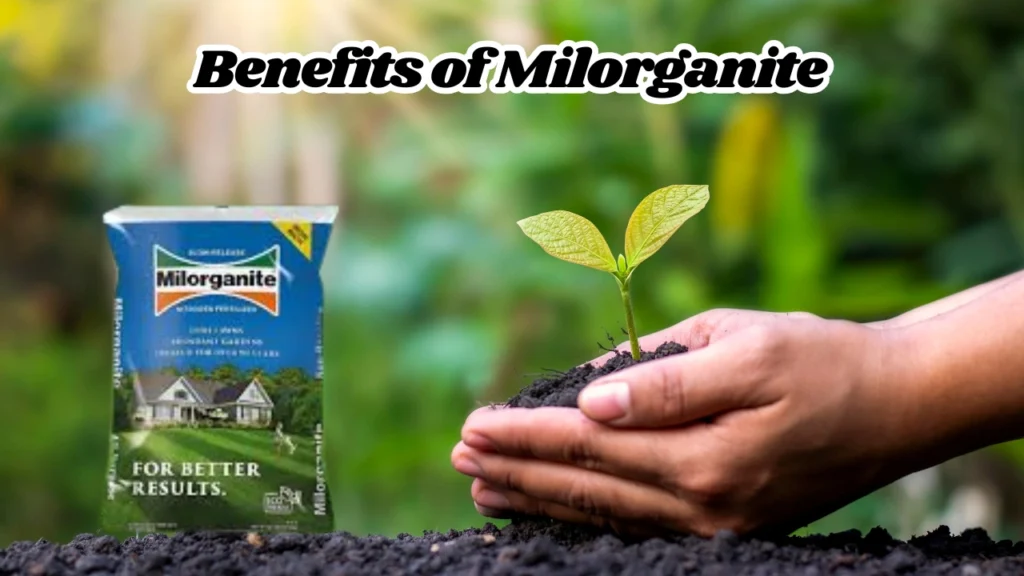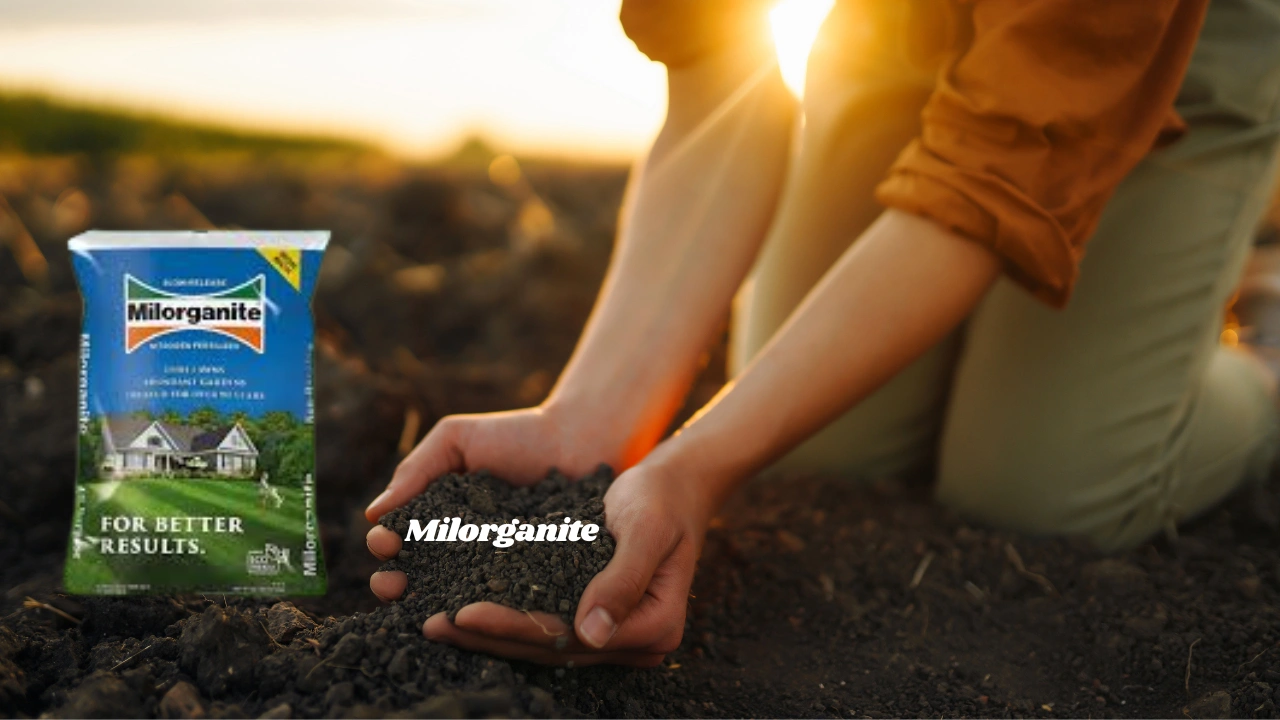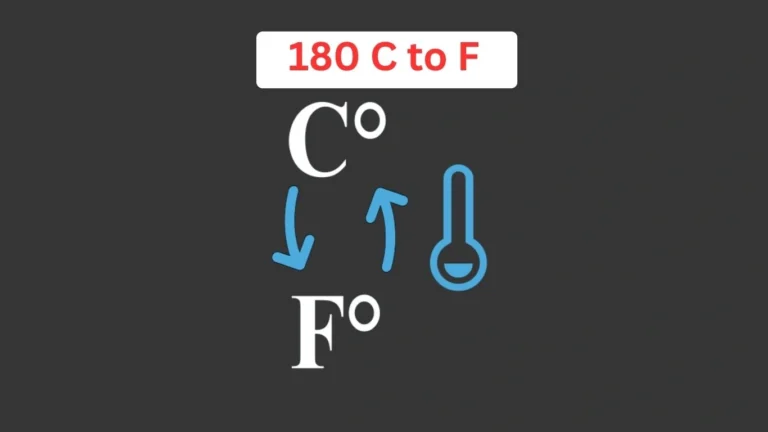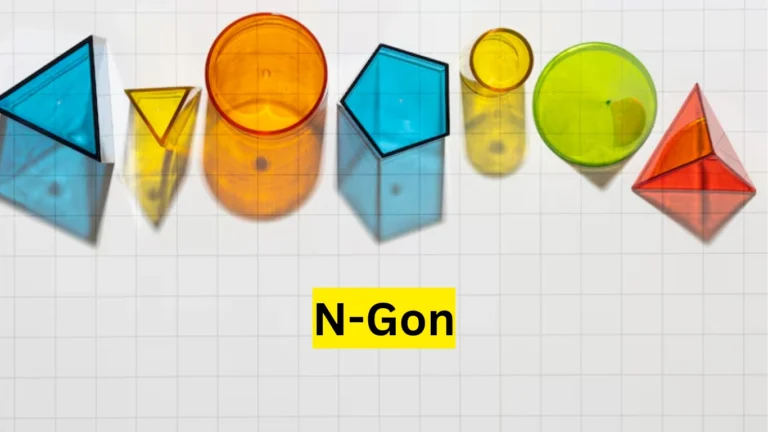Milorganite: The Best Organic Fertilizer for a Greener Lawn
If you’re looking for a natural, slow-release fertilizer that promotes healthy growth, Milorganite is a top choice. Used by gardeners, landscapers, and golf courses for decades, this organic fertilizer is known for its eco-friendly formulation and long-lasting benefits.
But what makes Milorganite different from chemical fertilizers? How does it improve your lawn, garden, and soil health? This article dives deep into Milorganite’s benefits, usage, and application tips, helping you get the best results.
What is Milorganite?
Milorganite is an organic nitrogen fertilizer made from heat-dried microbes that break down organic matter in wastewater. It is produced by the Milwaukee Metropolitan Sewerage District (MMSD) and has been a trusted choice for over 90 years.
Unlike synthetic fertilizers, it releases nutrients slowly, ensuring steady plant growth without burning. It also improves soil structure, supports microbial activity, and reduces the risk of nutrient runoff.
How Milorganite Works
The secret behind Milorganite’s effectiveness lies in its slow-release nitrogen and organic composition. Here’s how it benefits your soil and plants:
- Slow-Release Formula – Unlike chemical fertilizers that cause rapid growth and burning, Milorganite feeds plants gradually, ensuring steady growth over weeks.
- Rich in Iron – It contains 4% non-staining iron, which enhances the deep green color of grass and plants.
- Soil Enrichment – The organic matter improves soil aeration, moisture retention, and microbial activity.
- Eco-Friendly Production – Made from recycled waste materials, it reduces environmental impact compared to synthetic fertilizers.
How Long Does Milorganite Take to Work?
Milorganite starts working within 7-10 days after application as microbes in the soil gradually break it down. Since it is a slow-release fertilizer, nutrients are released steadily, promoting long-term plant health. Visible improvements in grass color, plant growth, and soil quality typically appear within two weeks.
Unlike synthetic fertilizers that give quick but short-lived results, Milorganite feeds plants continuously for up to 8-10 weeks. This steady nutrient supply prevents rapid growth spurts and reduces the risk of nutrient runoff. For best results, apply it early in the growing season and reapply as needed for sustained plant health.
Is Milorganite Safe for Vegetable Gardens?
Yes, Milorganite is safe for vegetable gardens and has been rigorously tested to ensure it meets EPA safety standards. It is made from heat-dried microbes that break down organic matter, providing essential nutrients without harmful chemicals. Since it is a slow-release, non-burning fertilizer, it enhances soil health while keeping vegetables safe for consumption.
Unlike synthetic fertilizers, Milorganite does not leach harmful toxins into the soil or groundwater, making it an eco-friendly choice for home gardeners. It improves microbial activity, enriches the soil with organic matter, and supports steady plant growth. For best results, mix it into the soil before planting and reapply every six to eight weeks during the growing season.
Benefits of Using Milorganite

1. Lawn Care and Turf Growth
If you want a lush, green lawn, Milorganite is one of the best organic fertilizers you can use. The non-burning nitrogen and iron improve lawn health and color without excessive mowing.
Pro Tip: Apply Milorganite every 6-8 weeks during the growing season for best results.
2. Vegetable and Flower Gardens
It is safe for edible plants, making it perfect for vegetable gardens. It enhances soil fertility, promoting healthy root development and high yields. Flowers also benefit from its slow-release nutrients, resulting in vibrant blooms and strong stems.
3. Trees and Shrubs
For trees and shrubs, the fertilizer improves root growth, ensuring long-term plant health. It works exceptionally well for fruit trees, helping them develop strong branches and producing better fruit quality.
4. Safe for Pets and Wildlife
Unlike chemical fertilizers, it is non-toxic and safe for pets, children, and wildlife. You don’t have to worry about harmful chemicals affecting your lawn or garden.
How to Apply
Proper application ensures maximum benefits. Below are the best ways to use Milorganite for different plants.
Lawn Application Guide
| Grass Type | Application Rate | Frequency |
|---|---|---|
| Cool-Season Grass (Fescue, Bluegrass) | 32 lbs per 2,500 sq. ft. | Every 6-8 weeks |
| Warm-Season Grass (Bermuda, Zoysia) | 32 lbs per 2,500 sq. ft. | Every 6-8 weeks |
For best results, apply Milorganite before rainfall or water lightly after application.
Garden and Flower Bed Application
- Vegetable Gardens: Mix 6-10 lbs per 100 sq. ft. into the soil before planting.
- Flower Beds: Apply 5 lbs per 100 sq. ft. and water thoroughly.
- Trees and Shrubs: Spread ½ cup per foot of tree diameter at the drip line.
Milorganite vs. Synthetic Fertilizers
Many gardeners wonder how it compares to synthetic fertilizers. Here’s a comparison:
| Feature | Milorganite | Synthetic Fertilizers |
|---|---|---|
| Nutrient Release | Slow and steady | Quick, often excessive |
| Soil Health | Improves microbial activity | Can degrade soil over time |
| Environmental Impact | Eco-friendly, reduces runoff | Higher risk of pollution |
| Pet & Child Safety | Non-toxic and safe | Can be harmful if ingested |
Does Milorganite Expire? How to Store It Properly
It does not expire because it is made from heat-dried organic matter that remains stable over time. Unlike liquid fertilizers, it does not lose its nutrient value as long as it is stored correctly. However, improper storage can lead to moisture absorption, causing clumping and reducing its effectiveness.
To maintain its quality, store it in a cool, dry place away from direct sunlight and moisture. Keep the bag tightly sealed to prevent humidity from affecting the granules. If it becomes clumpy, break it apart before spreading to ensure even application.
Why Milorganite Is a Safer Alternative to Chemical Fertilizers in Eco-Sensitive Areas
It is an organic, slow-release fertilizer that reduces the risk of nutrient runoff, making it safer for lakes, rivers, and wetlands. Unlike chemical fertilizers, it doesn’t contain synthetic additives that can leach into groundwater and harm aquatic life. Its low phosphorus content helps prevent algae blooms, which are a major environmental concern.
Since It improves soil health naturally, it reduces dependency on chemical fertilizers that degrade soil quality over time. It enhances microbial activity, promoting long-term soil fertility without harmful residues. This makes it an ideal choice for eco-sensitive areas where sustainability and water protection are priorities.
Conclusion
Milorganite is one of the best organic fertilizers available today. Whether you’re maintaining a lush lawn, growing vegetables, or improving soil health, its slow-release formula and eco-friendly benefits make it a smart choice.
With safe, effective, and long-lasting results, it’s no wonder gardeners and lawn care professionals trust Milorganite for their fertilizing needs. Try it today, and enjoy healthier, greener plants all season long!







